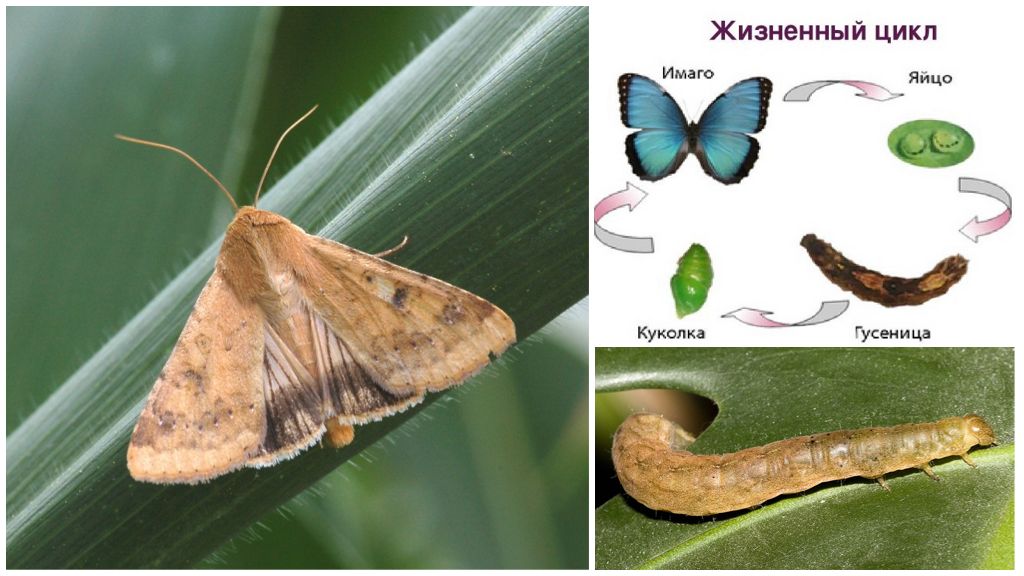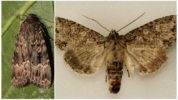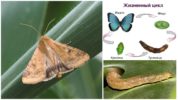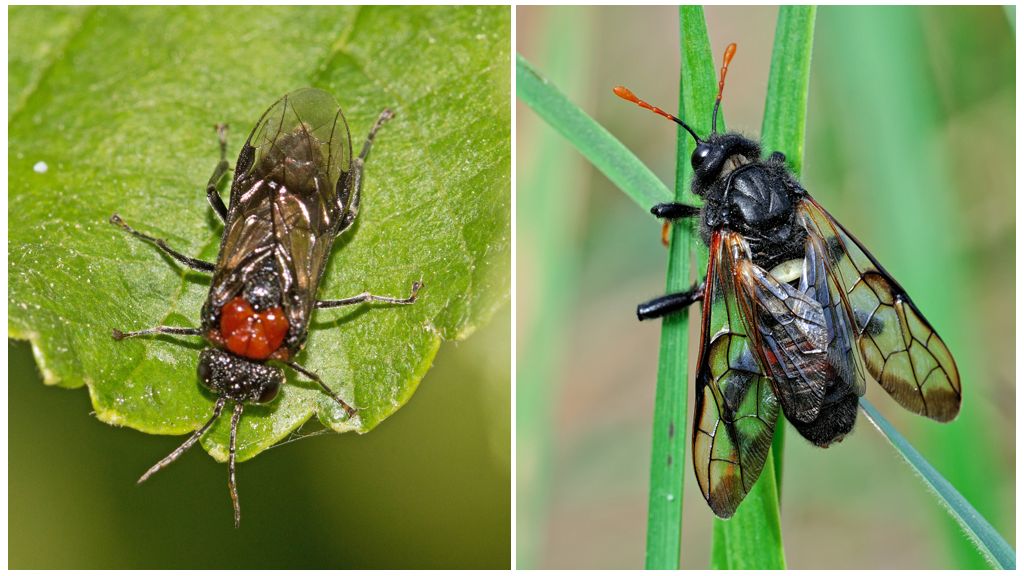- Scoop
- Scoop
On hot summer evenings and nights near street light sources, a large concentration of butterflies can be seen. They are called scoop or nightlight and belong to the family of Lepidoptera. There are more than 35 thousand species of insects of this family. Such diversity implies their wide distribution throughout the world.
Habitat
The insect scoop is found everywhere, starting from the deserts of the Arctic and ending with the steppes and highlands of Asia. Butterflies give preference to places with a humid and warm climate with an abundance of flowering plants and trees. In Russia and the CIS countries, there are about 2 thousand varieties of these nocturnal moths.
A large number of individuals can be seen near grain and food depots, farm buildings in the countryside.
On a note!
The smell of stored cereals, fresh hay, mixed fodder attracts nightlight. Having noticed the light in the window, they can beat against the glass with a noise in the hope of getting inside the room.
Butterfly appearance
The appearance of the scoop corresponds to the usual appearance of a night moth:
- a thick body covered with numerous hairs;
- small round head, large eyes;
- long antennae with brushes at the end, small wings of a triangular shape.
The color of the hairs on the body and wings has a beige-gray tint. The limbs and head are dark in color. The average body length of the butterfly is 15 mm, and the wingspan rarely exceeds 30 mm.
On a note!
The pattern on the wings differs depending on the type of butterflies. In most moths, ornamentation is weakly expressed, and the wings seem to be monophonic with a slight overflow. In some subfamilies, the hind wings have a bright border of red, yellow, and blue. Numerous photos of scoops show the beauty of her wings.
On the head is a long proboscis twisted into a spiral. On it are receptors that can distinguish the taste of food. There are special brushes on the legs for cleaning their antennae. Hearing organs are located on the body in different places. This allows the insect to be careful in the dark.

Life cycle
The lifespan of scoops is about 2 months. From the first days, an adult begins to actively feed on plant pollen and mate. The imago does no harm. After fertilization, the female searches for a secluded place where you can hide the masonry. Usually these places are:
- fallen leaves;
- top layer of the earth;
- the inner side of the leaves of forage crops;
- dry grass;
- waste from the production of cereals (bran, husk, cake);
- barns and warehouses with grain and cereals;
- plant litter.
One clutch can contain from 5 to 150 small testicles, the diameter of which does not exceed 1 mm. And in its entire life, a butterfly scoop is capable of producing up to 2 thousand eggs. Such fertility can cause irreparable damage to agriculture. A week later, larvae emerge from the masonry - long caterpillars of light yellow, light green or blue colors. In the photo, the larvae of the scoop show stripes located along the entire length of its body. Caterpillars actively absorb plant flesh and inflorescences of garden and horticultural crops, encroach on the fruits and ovaries of plants.
Interesting!
Gluttonous larvae of scoops can even eat tobacco, which is a poisonous plant for most insects.
As it grows, the insect larva undergoes 4-5 molts within 15-19 days.Its length can be more than 3.5 cm. Upon reaching its maximum size, the caterpillar takes refuge in the upper layer of the earth and pupates. After 2 weeks, a new butterfly appears.

Harm scoops
An adult, which does not pose any danger to the crop, makes a night fly around the nearby territory and lays eggs. The larvae that emerged from them also lead a nocturnal lifestyle and rarely catch their eye, unlike beetles and others pests of gardens. In the dark, they raid defenseless plants. Nibbled leaves and stems do not receive the necessary nutrients from the soil and sunlight. Productivity is sharply reduced, and the crop may even die.
Important!
Masonry, perfect in barns and warehouses with bulk products, becomes a real disaster for their owners. Such a feeder for a huge number of tracks quickly ceases to be valuable to humans. Spoiled cereals begin to rot from insect secretions.
Ways to fight
Before you fight the scoop, you need to assess the extent of infection. If the number of larvae does not exceed double-digit numbers, it is recommended to collect them manually. Use rubber gloves and a plastic or glass container during collection. You can destroy insects by filling them with gasoline or any combustible mixture. A faster way to get rid of them is to burn in a fire.
With a strong infection of plants with pests, you should fight folk remedies. A solution for spraying leaves can be prepared from available products:
- Soap solution with tar or laundry soap. Grate a piece of soap and stir in warm water.
- Dissolve mustard powder or mustard itself in water. You can spray with a broom.
- A decoction of tomato tops or wormwood will help scare away insects.
As a preventive measure, it is necessary to carefully examine the undersides of plant leaves and spray the tops with aqueous solutions. To reduce the likelihood of masonry scoops appear, you need to monitor the order in the garden: do not leave plant debris, clean dried grass in time, often weed the space between the beds.





